The Top 6 Art Sites To Visit on Japan’s Art Island
Art, Architecture and Nature Harmoniously Unite
Art has been present on this island for more than 30 years, all through the goals of creating opportunities for people to experience its transformative power. It’s not just about looking at art, it’s about what you can see through art.
Set in the Seto Inland Sea, Naoshima is home to a wonderful community of people, which share their daily lives with guests who visit and come to explore the Benesse Art Sites. These art sites have been conceived by Benesse Holdings Inc and Fukutake Foundation, with their activation intended to share well-being. Also initiated by Benesse Group, on Naoshima’s surrounding islands (Teshima, Inujima, Shodoshima) there are also art installations worth travelling to.
View our Top 6 art installations on Naoshima below.
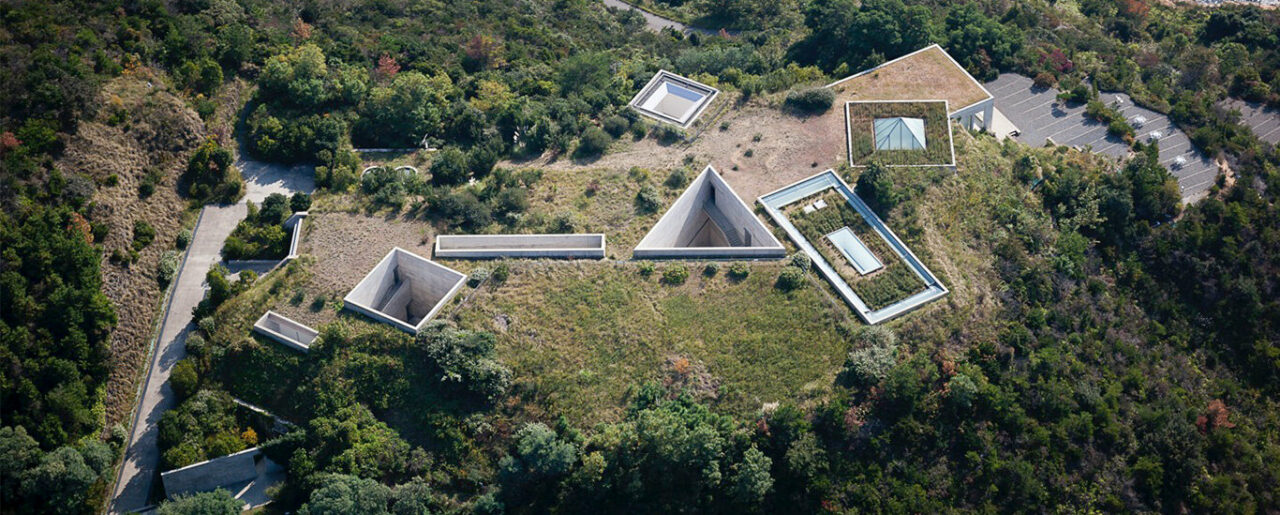
Chichu Art Museum
On Naoshima Island’s Chichu Museum, beautifully designed by Japanese architect, Tadao Ando, visitors can experienced Maria’s work in full magnificence.
Walter de Maria’s ‘Time /Timeless/No Time’ 2004 changes bymoment, depending on the position of the sun. The large-scale works complement the museum’s already-remarkable list of works, making it an immersive and monumental visit.
American sculptor artist Walter de Maria’s works are remarkable, experiential and encompassing, both due to their grandeur and their spectacular concepts. A humble character, de Maria rarely spoke about his work, and instead encouraged the viewer to form an idea, feeling, perspective. A reclusive force, yet his conceptual and minimal art of grand scales remain unmatched.

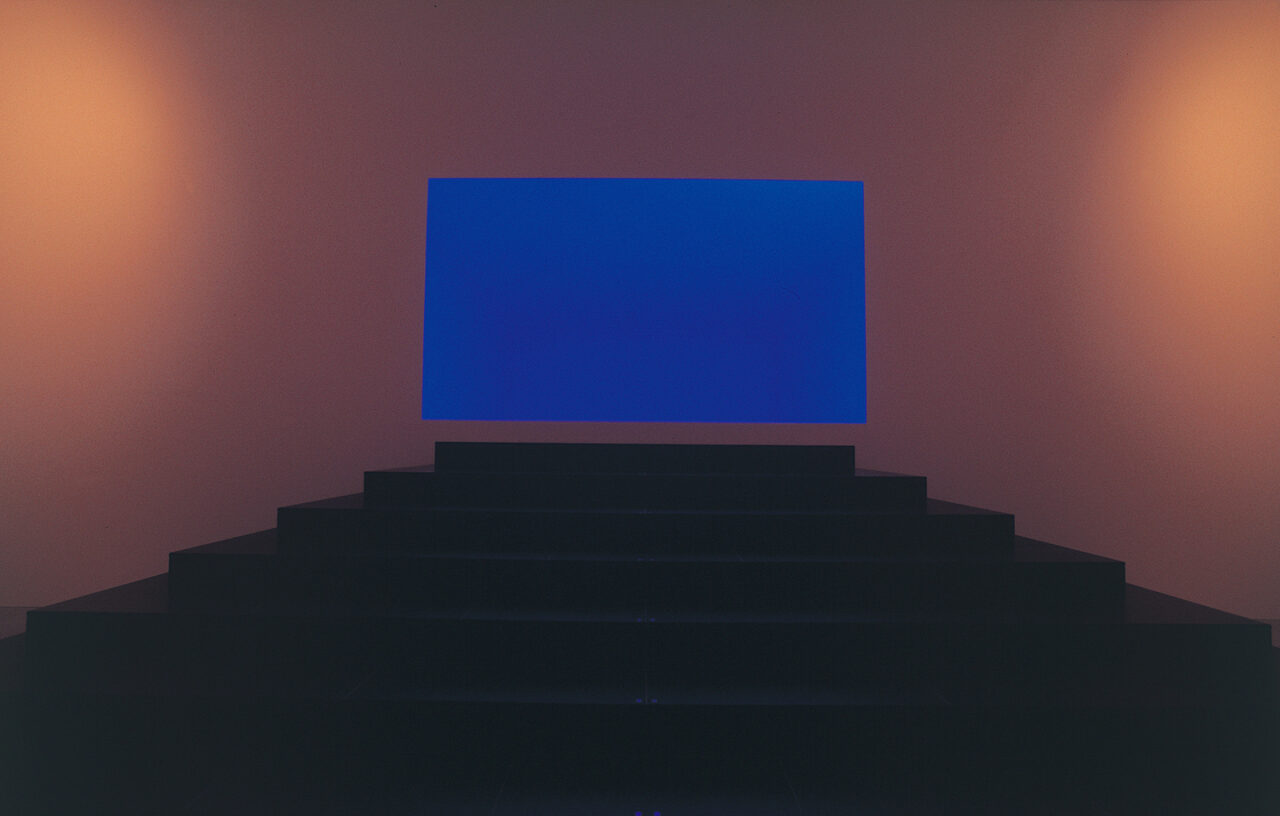
Lee Ufan Museum
The Lee Ufan Museum is a collaborative celebration of the revolutionary artist, together with Japanese architect Tadao Ando. One of the latest structural buildings to grace the island of Naoshima, a minimalist design by Ando (created in his signature aesthetic) allows for Ufan’s pensive and minimalist work to be understood clearly by the viewer in a complimenting and informative display.
Primarily a painter and sculptor, Lee Ufan studied painting at the College of Fine Arts in Seoul,which was followed by his philosophical studies in Yokohama, Japan. Both studies influenced his way ofworking and individual painting style. Celebrated in Japan for contributing to the development ofcontemporary art and the influence of the Mono Ha movement, the Lee Ufan Museum houses Ufan’s works from 1970 until the present day.
The building is a dedication to the Korean-born artist, whom currently divides his time between Paris and Kamakura, Japan. The wondrous Seto Inland Sea protects and surrounds the island of Naoshima, which exhibits the many works of both Lee Ufan and Tadao Ando in architectural harmony, paired with the beautiful nature that surrounds.
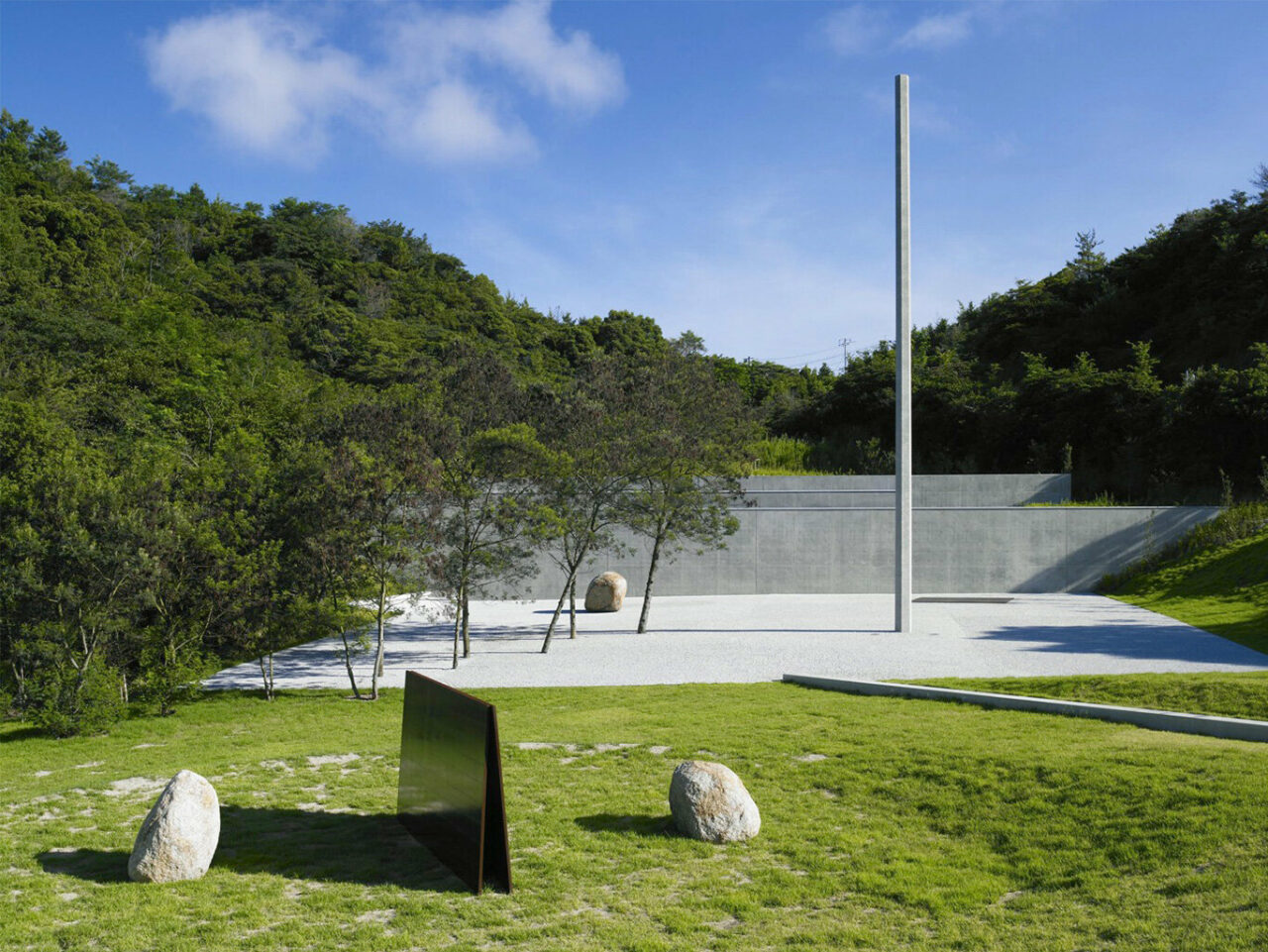
Hiroshi Sugimoto Gallery
Hiroshi Sugimoto Gallery was conceived to highlight the artist’s continuous pursuit to solve the question of time, connecting it to his longstanding relationship with Naoshima. It connects Naoshima and Enoura, the place where Sugimoto has his ‘Enoura Observatory’. Here, visitors can witness the changes in nature across the seasons.
With the building renovated by Sugimoto’s the New Material Research Laboratory, visitors can relax around the Three Divine Trees table and view Glass Tea House ‘Mondrian’ (pictured below).
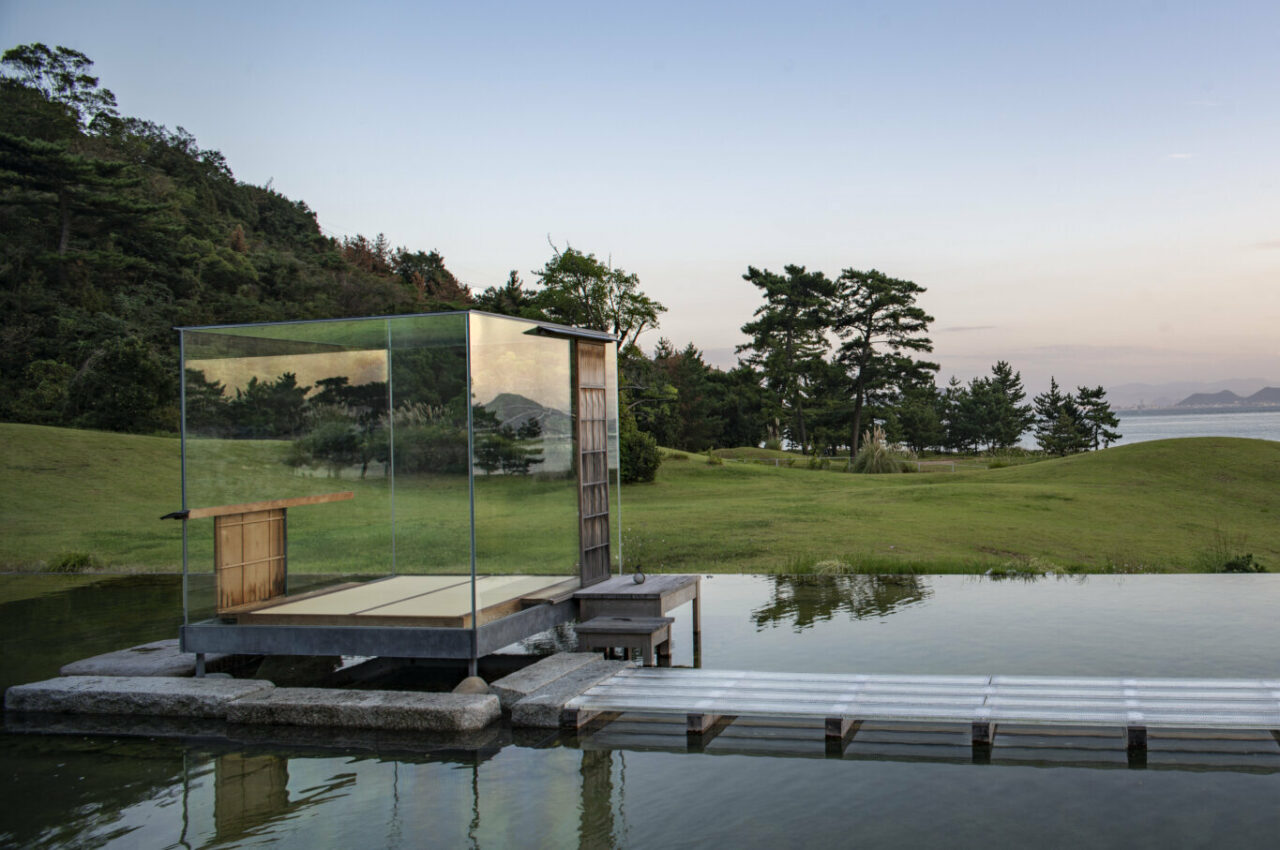
Naoshima Bath “I♥︎湯”
The best place to enjoy at the end of a long day exploring the island, this bath house has been created by artist Shinro Ohtake.
Titled “I♥︎湯”, the bathhouse was created for both local Naoshima residents and visitors to enjoy, and to exchange conversation and thought during the experience. Ohtake has designed every detail of the bathhouse, from the exterior and fittings to the iconic mosaics. Operated by the Town-Naoshima Tourism Association, the bathhouse is a must visit on each trip to Naoshima.
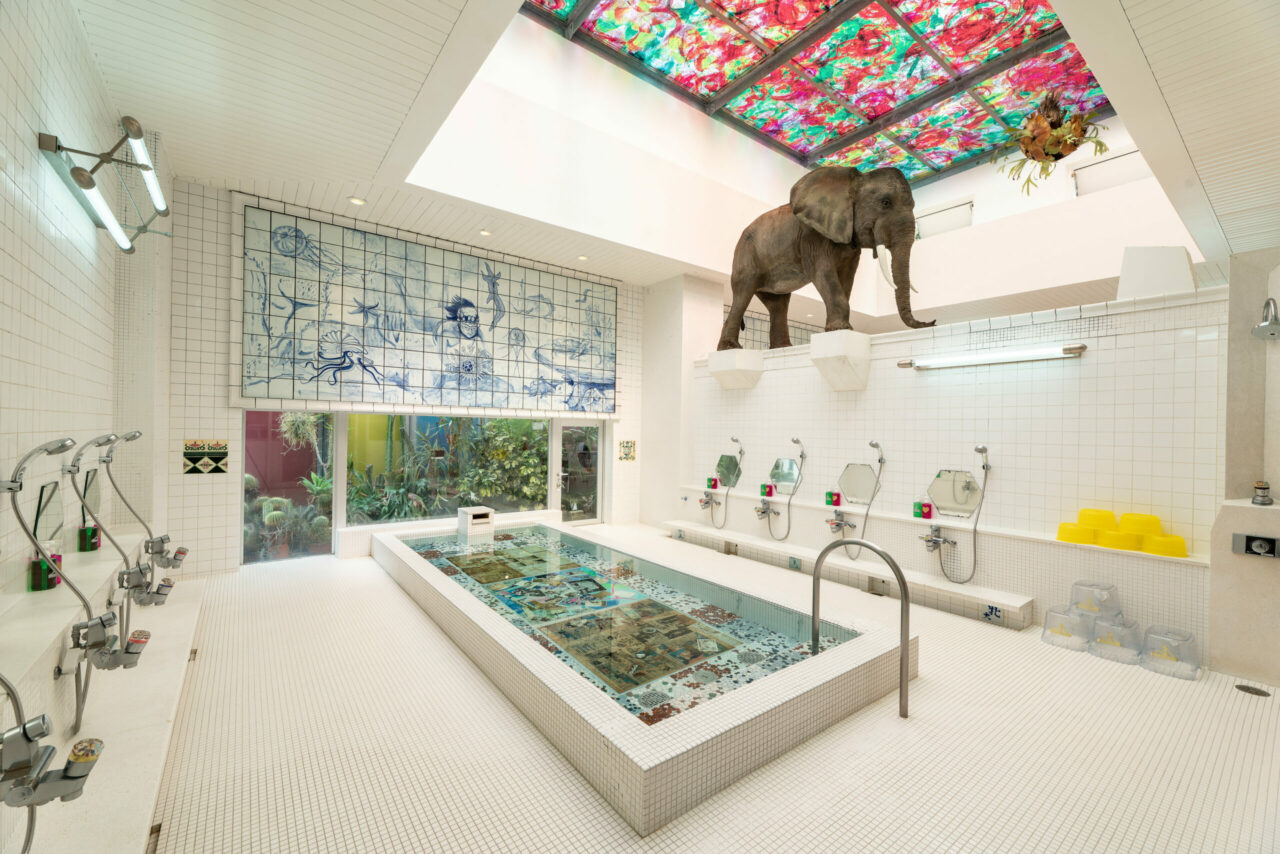
Art House Project
The Art House Project is a constantly evolving art project in Naoshima’s Honmura district.
All within walking distance, there are multiple renovated houses and sites to discover with art installations activated inside. There are seven locations: Kadoya, Minamidera, Kinza, Go’o Shrine, Ishibashi, Gokaisho, and Haisha. Breathing life into the spaces, various artists bring a new perspective to the existing builds, such as Go’o Shrine by Hiroshi Sugimoto.
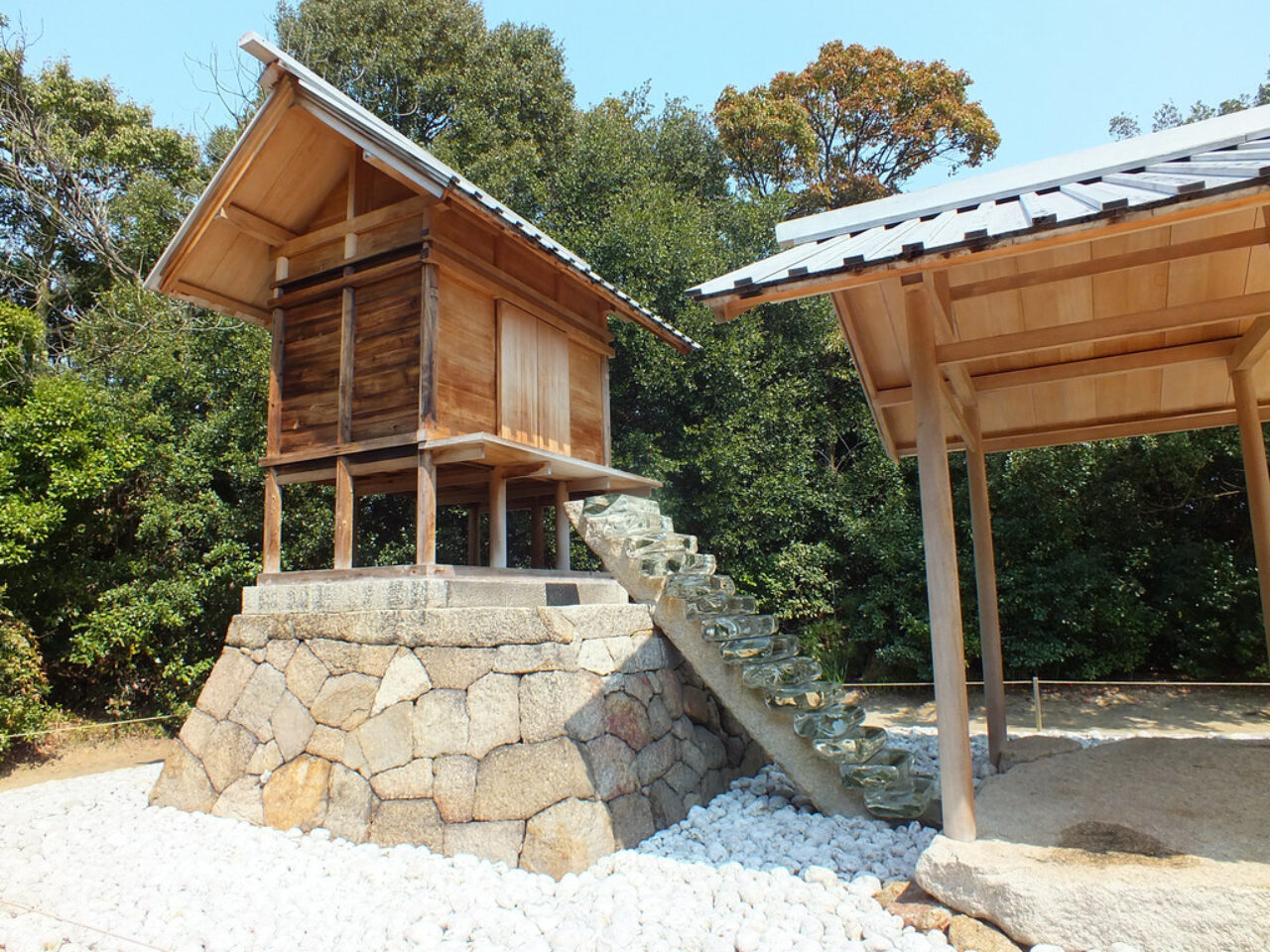
Naoshima Hall
Champ attended the opening of Naoshima’s Town Hall, with the introduction by the architect Hiroshi Sambuchi describing the details and the commission by Soichiro Fukutake himself.
Made specifically for the community, the town hall is intended as a meeting place for locals, with the gardens open to the public, able to view the building from outside. Sambuichi looked to the town’s original urban planning to find how waterways first flowed in the area, to utilise this thinking and link to the town’s past. Sambuichi also incorporated passive design principles into the design, using wind to natural regulate the temperature of the building.
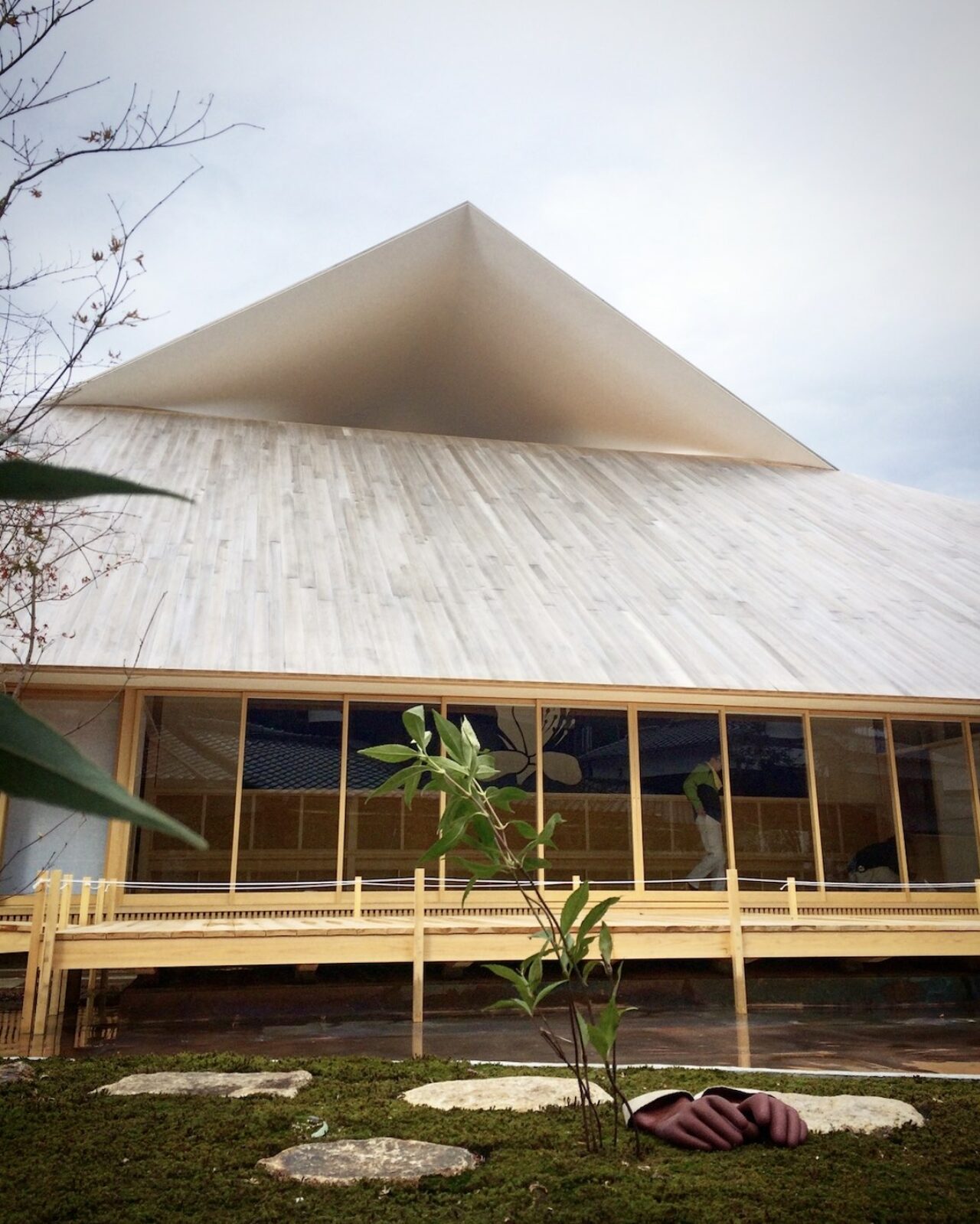
Naoshima – Benesse Art Site
Naoshima Island, Seto Inland Sea, Japan
Access to Inujima and Teshima are by boat only, see available timetables when planning your visit.
For more design and travel destinations in Tokyo and Japan, click here
First published in Champ Magazine print issue 4
Text: Editor-in-Chief Monique Kawecki
Images: As credited, Benesse©
































